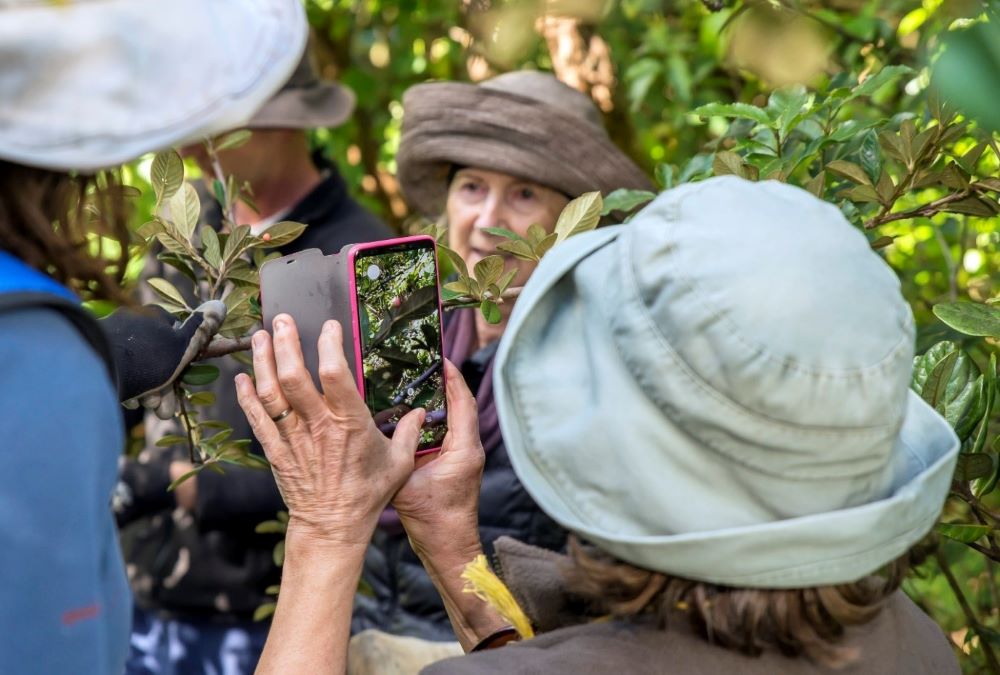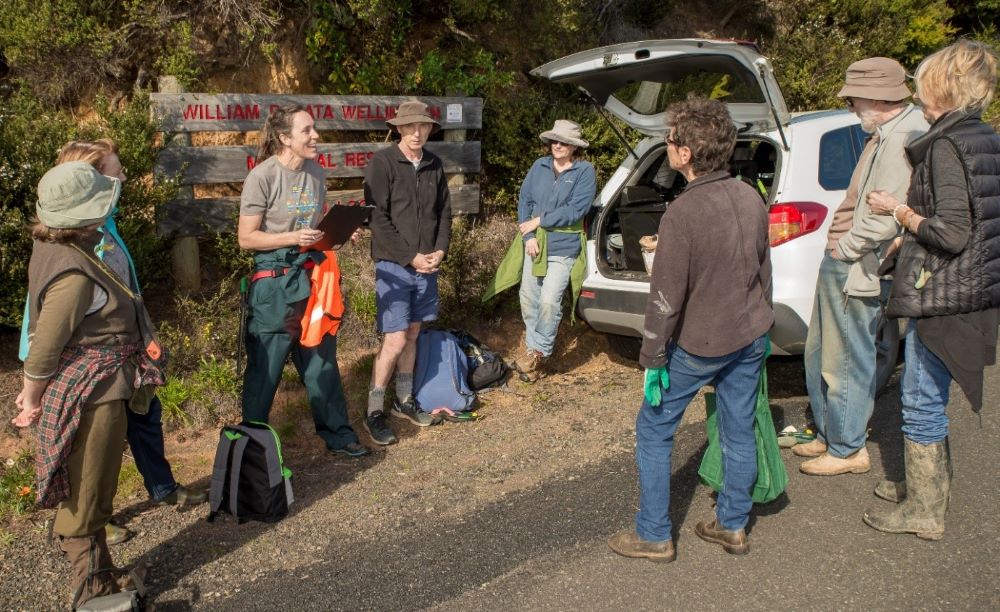Story
War on weeds heats up on Tutukaka coast
A war of sorts has been declared on the Tutukaka Coast. It’s not trench warfare but in this campaign a bit of digging might be a useful tactical option.
The battle is being led by a group called Special Weed Assistance Tutukaka or SWAT, a new initiative of the successful Tutukaka Landcare Coalition (TLC) which itself is now substantially backed by the Northland Regional Council (NRC).
As with all serious wars, allegiances are important. Particularly in this case where much of the action on the ground will be undertaken by partisans (local weed workers) some who have already been engaged in the struggle for many years.
What is different is that among their allies in this War against Weeds the partisans now have direct intelligence and supply lines to the Northland Regional Council. So the NRC is backing TLC to supply SWAT.
It is part of a new Northland wide initiative where the council has identified five “High Value Areas” (HVAs) in which significant biodiversity and recreational values are matched with strong community interest in pest control: Bay of Islands, Tutukaka, Whangarei Heads, Mangawhai/Waipu and Kai Iwi Lakes.
Each HVA has a “Working Group” with landowners, members from the local community and representatives from other stakeholders such as local Landcare groups, iwi and agencies. These groups help to ensure funding is allocated to appropriate pest control activities identified in a high value area pest management plan developed largely by the people on the ground, the partisans.
In the Tutukaka case the battle actually began around 20 years ago when a number of individuals began extensive trapping in their neighbourhoods, targeting mainly stoats and weasels. In particular they were keen to keep hold of remnant kiwi populations and begin the long task of rebuilding.
The Tutukaka Landcare Coalition grew from these first trappings and now contributes to pest control over more than 10,000 hectares of private land. The result has been a steady increase in wild kiwi numbers on the coast and significant improvement in the health of many other species, particularly the threatened Pateke, or Brown Teal and more recently the Oi (grey faced petrel) which in some places has resumed breeding on our coastal cliffs.
When the council voted to allocate funding to support biodiversity in the designated High Value Areas it came with a caveat. A portion of the funding was required to be spent on weed control.
To accomplish this Wendy Ambury from Pacific Bay has stepped up to become the SWAT commander. Other common features in warfare are intelligence gathering, strategic planning and resourcing and Wendy has been busy getting these boxes ticked.
In an initial reconnaissance a troop of local volunteers has reported over 1000 sightings of weed infestations on the Tutukaka Coast, consisting of 149 different plant pest species. These have all been logged with GPS positions noted for future attack. Judi Gilbert uses a cellphone app to identify a plant during a weed ramble and identification session at Tutukaka’s William Parata Wellington Memorial Reserve.
Judi Gilbert uses a cellphone app to identify a plant during a weed ramble and identification session at Tutukaka’s William Parata Wellington Memorial Reserve.
From this SWAT has declared its “dirty dozen” of the most significant weed threats which will be the first to be targeted, with 40 others on the “naughty forty” watch list for attention where possible.
Wendy says she is privileged to live on the Tutukaka Coast with its wide collection of plant habitats and diverse range of native plants which in turn support an intriguing array of birds and invertebrates.
Unfortunately invaders in the form of plant pests are threatening these habitats. Our warm climate and rich soils mean these are maturing quickly and spreading rapidly, out-competing native biodiversity.
With SWAT settling in for a long battle Wendy and her small team have used part of the NRC funding to procure some weaponry. Now a range of hand tools and safety gear is available for use by the local weed warriors on SWAT missions. Where appropriate, approved chemicals may also be available
While Wendy is supported by a number of experienced, like-minded locals, SWAT’s next move is to “build capacity” in its local workforce. Weed identification sessions and practical demonstrations of techniques are planned to combat the big variation in plant pest types invading our coast.
 Wendy Ambury, with clip board, briefs volunteers before a weed ramble and identification session at Tutukaka’s William Parata Wellington Memorial Reserve.
Wendy Ambury, with clip board, briefs volunteers before a weed ramble and identification session at Tutukaka’s William Parata Wellington Memorial Reserve.
In summary SWAT has begun reconnaissance, secured supply lines, begun initial skirmishes, is training up the troops, and is ready for a weed war.
Story and images by Malcolm Pullman
